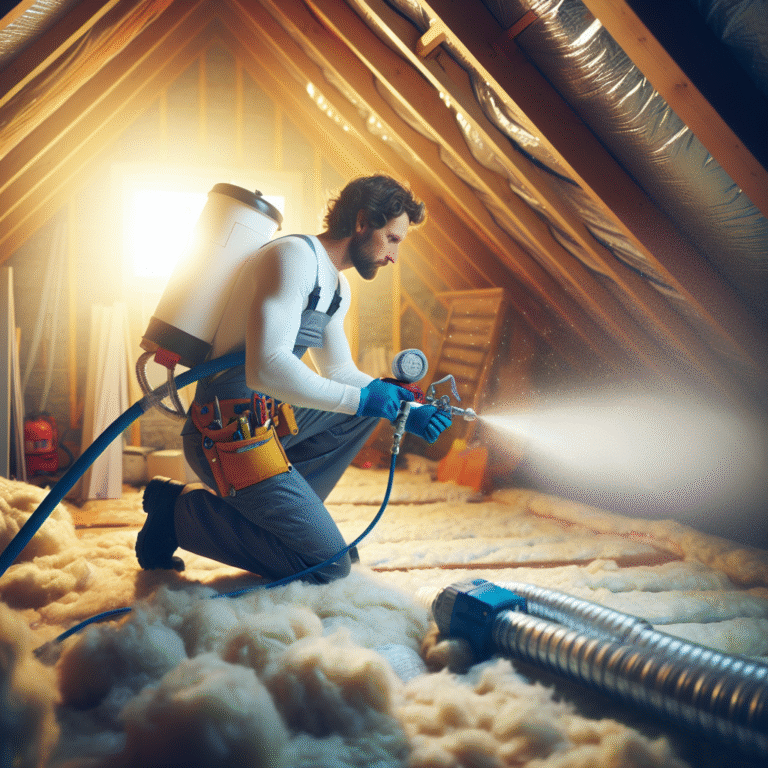“`html
The Ultimate Guide to Attic Insulation Services: Enhance Your Home’s Energy Efficiency

Table of Contents
- Introduction
- Why Insulate Your Attic?
- Types of Attic Insulation
- Installation Process
- Expected Costs
- Maintenance Tips
- FAQ Section
- Conclusion & CTA
Introduction
If you’re looking to improve the energy efficiency of your home, considering attic insulation services is a crucial step. Insulation in the attic helps maintain the desired temperature throughout your home, leading to significant savings on energy costs and contributing to a comfortable living environment.
Why Insulate Your Attic?
- Enhanced Energy Efficiency: Proper insulation reduces the amount of heat lost in winter and keeps your home cooler in summer.
- Cost Savings: With effective insulation, you can save up to 30% on heating and cooling bills.
- Increased Home Value: Homes with upgraded insulation have higher market values and are more attractive to buyers.
Types of Attic Insulation
Different types of attic insulation cater to various needs and preferences. Here are the most common types:
- Fiberglass Batt Insulation: Easy to install and effective in wide spaces without lots of obstructions.
- Blown-In Insulation: Ideal for attics with irregular joist spacing or a lot of existing fixtures.
- Foam Insulation: Provides excellent thermal and moisture barriers.
Installation Process
Step 1: Evaluation
An expert evaluates your attic to decide the best type of insulation and the correct quantity needed.
Step 2: Preparation
Prepare the area by clearing it of any stored belongings, cleaning, and sealing any air leaks.
Step 3: Installation
Professional installation of the chosen insulation type to ensure maximum effectiveness and durability.
Expected Costs
The cost of attic insulation varies depending on the type of insulation and the size of your attic. Generally, homeowners can expect to spend between $1,500 and $3,500 for professional attic insulation services.
Maintenance Tips
- Regularly inspect your attic for pests or water damage, which can compromise the insulation’s effectiveness.
- Check for any dislodged or compressed insulation material and correct it promptly.
- Ensure your attic has adequate ventilation to prevent moisture buildup, which can diminish insulation performance.
FAQ Section
Q: How often should attic insulation be replaced?
A: Typically, attic insulation lasts about 20 to 30 years, but it might need to be checked or replaced sooner if there are signs of damage or significant energy bill increases.
Q: Is attic insulation eco-friendly?
A: Yes, many insulation materials are sustainable and help reduce energy consumption, making them an eco-friendly choice for home improvement.
Q: Can I install attic insulation myself?
A: While DIY insulation is possible, professional installation ensures maximum efficiency, safety, and compliance with local building codes.
Conclusion & Call to Action
Attic insulation is a smart investment for any homeowner looking to enhance their home’s energy efficiency, comfort, and value. By choosing the right type and ensuring professional installation, you can enjoy significant cost savings and a better living environment.
???? Click Here to learn more and schedule your attic insulation service today!.
“`




